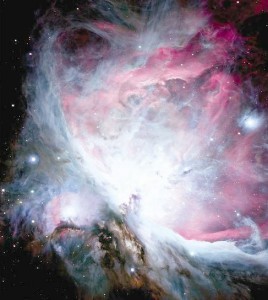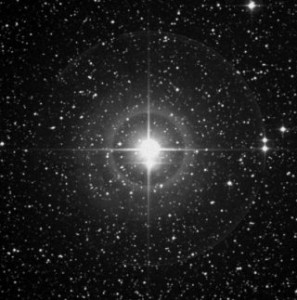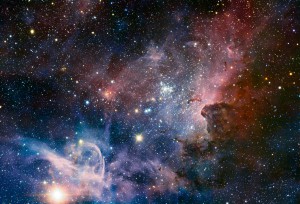Life and Death of Stars
A Real Star is Born:
The Sun and most of the stars that we have seen and researched have been formed billions of years ago, and yet new ones are forming right now; but unlike the Sun, the formation of stars is a continuing process. A massive area that you can see billions of stars all at once are located in the 80-100 galaxies in the universe (as stated on the Hayden Planetarium website).
Found in these galaxies you will find a glowing emission nebulae cloud. Now this cloud consists of hot interstellar gas of mostly hydrogen. Also located in these galaxies are these cold, dark, dust clouds called interstellar mediums. This cloud consists of matter between stars that are composed of gas and dust mixed together throughout space.
  The birth of this star formation begins when the interstellar medium cloud starts to collapse under its own weight due to the factors of gravity, heat, rotation, and magnetism. Let’s begin with rotation. As the cloud spins it contracts which then competes with the inward pull of gravity. This then opens the door for magnetism; as the cloud contracts from the spinning it begins to heat up particles which the magnetic field then exerts. Both the magnetic field and the charged and heated particles are pulled towards the center of the cloud. Soon enough the magnetic field and the particles will reach the center of the shrinking cloud which then becomes hot enough for nuclear fusion to begin, the contraction to stop and for a star to be born.
The birth of this star formation begins when the interstellar medium cloud starts to collapse under its own weight due to the factors of gravity, heat, rotation, and magnetism. Let’s begin with rotation. As the cloud spins it contracts which then competes with the inward pull of gravity. This then opens the door for magnetism; as the cloud contracts from the spinning it begins to heat up particles which the magnetic field then exerts. Both the magnetic field and the charged and heated particles are pulled towards the center of the cloud. Soon enough the magnetic field and the particles will reach the center of the shrinking cloud which then becomes hot enough for nuclear fusion to begin, the contraction to stop and for a star to be born.
A Stellar Evolution of Brightness:
As soon as a star is born it may begin to experience its life as a main-sequence star as most of them do. A life that includes hydrostatic equilibrium, in which pressure’s outward push counteracts with gravity’s inward pull and the star begins to go through changes. Stated in the text Astronomy Today by Chaisson McMillan Seventh Edition; “As the star ages its core temperature rises, and both its luminosity and radius increases. Slowly but surely the hydrogen in the core is consumed, the star’s internal balance starts to shift, and both its internal structure and outward appearance begins to change more rapidly: The star [then] leaves the main sequence.”
 Timely Death of a Star:
Timely Death of a Star:
As the saying goes “Together We Rise, Divided We Fall”.. well same may go for a star because as soon as it departs from the main sequence “its days are numbered”. Depending on the drop sequence of its mass, it will determine if the star’s life will die gently or horrendously. According to Sky Watch article on ‘Death of Stars’, It becomes a Red Giant. Since the fusion inside has also begin to slow down gravity begins to shrink it, and it then is known as a White Dwarf. As it continues to shrink, cool, and dim it changes its color to white, yellow, red and eventually becomes a Black Dwarf.
Depending on its core size two happenings may occur. According to the “How Do Stars Evolve and Form” tab on the NASA website, they can fade into oblivion and cool down or become Novae. Being a Novae however can leave it with two options. If its close enough to another star the gravity will drag matter and hydrogen to stack on its outer layer and the cycle of life begins again, and what’s left of the old star will burst into nuclear fusion. On the other hand if the solar mass limit of 1.4 exceeds for that white dwarf then it will collapse and explode into a Supernovae. All said and done, when a star explodes its brightness exceeds all that are around it for a while. 
Here is a video of the Life and Death of Stars. Enjoy !
https://www.youtube.com/watch?feature=player_embedded&v=MGalnuFS2O0



